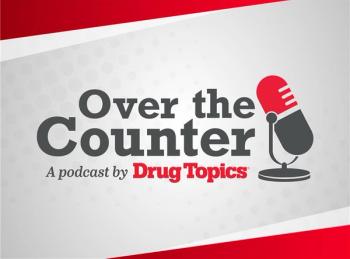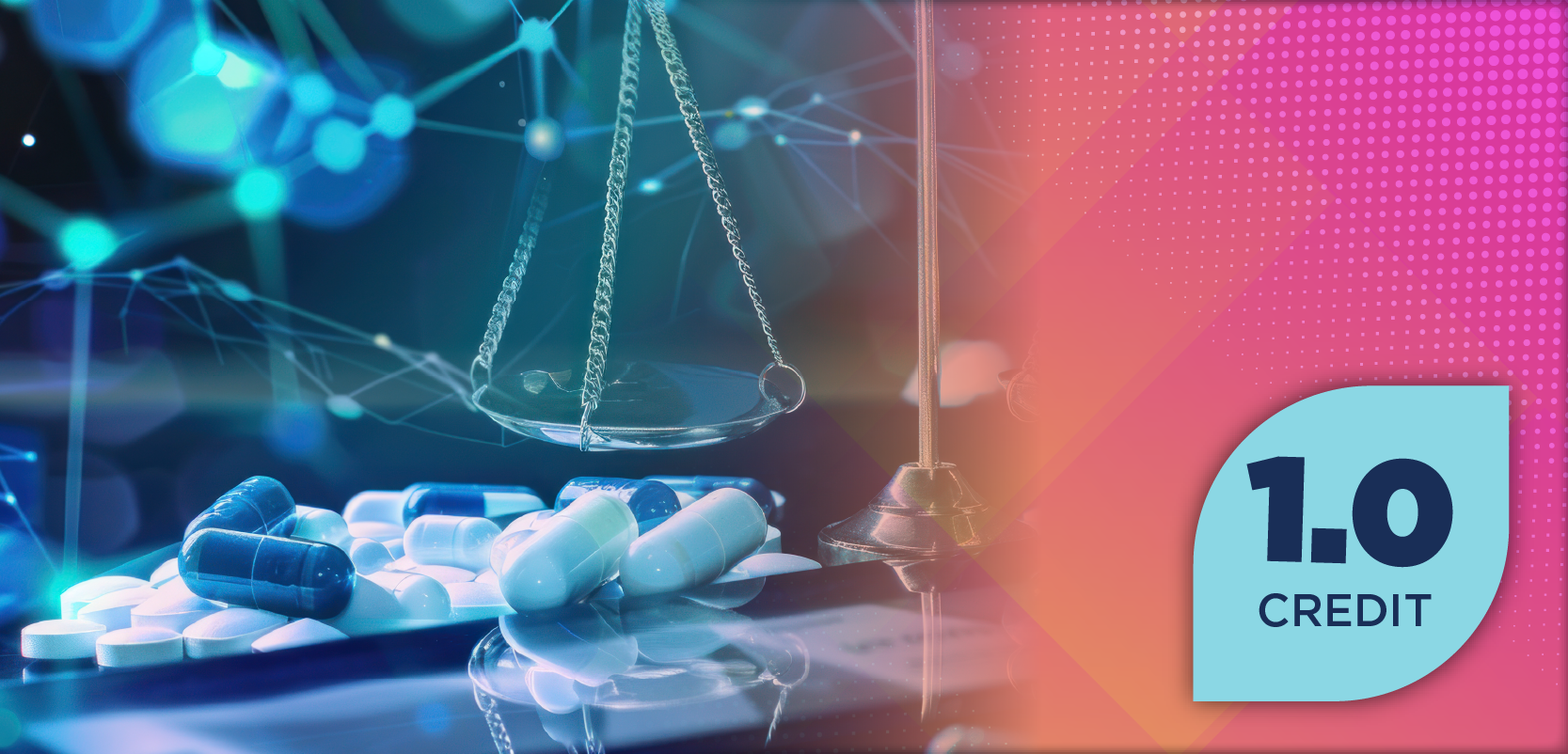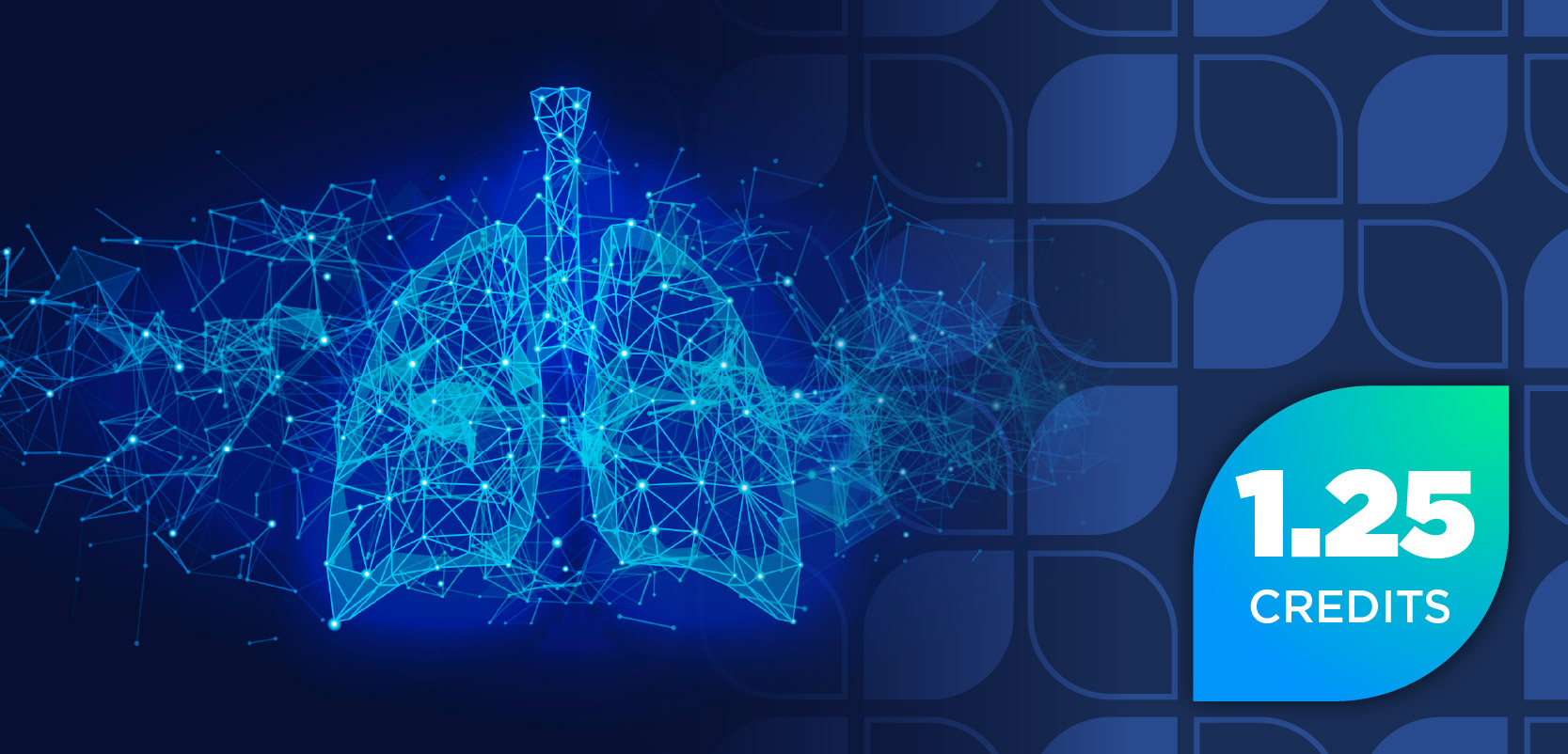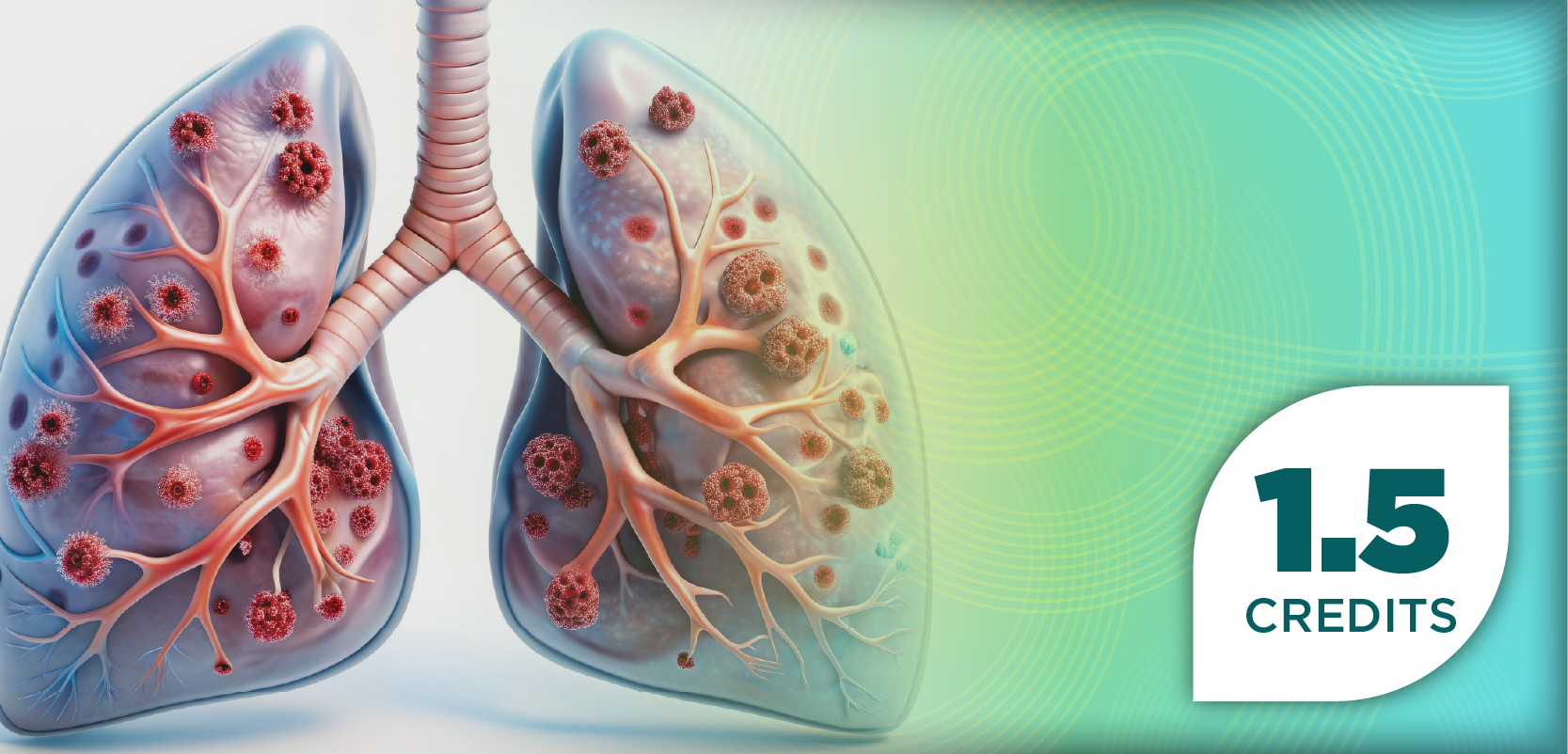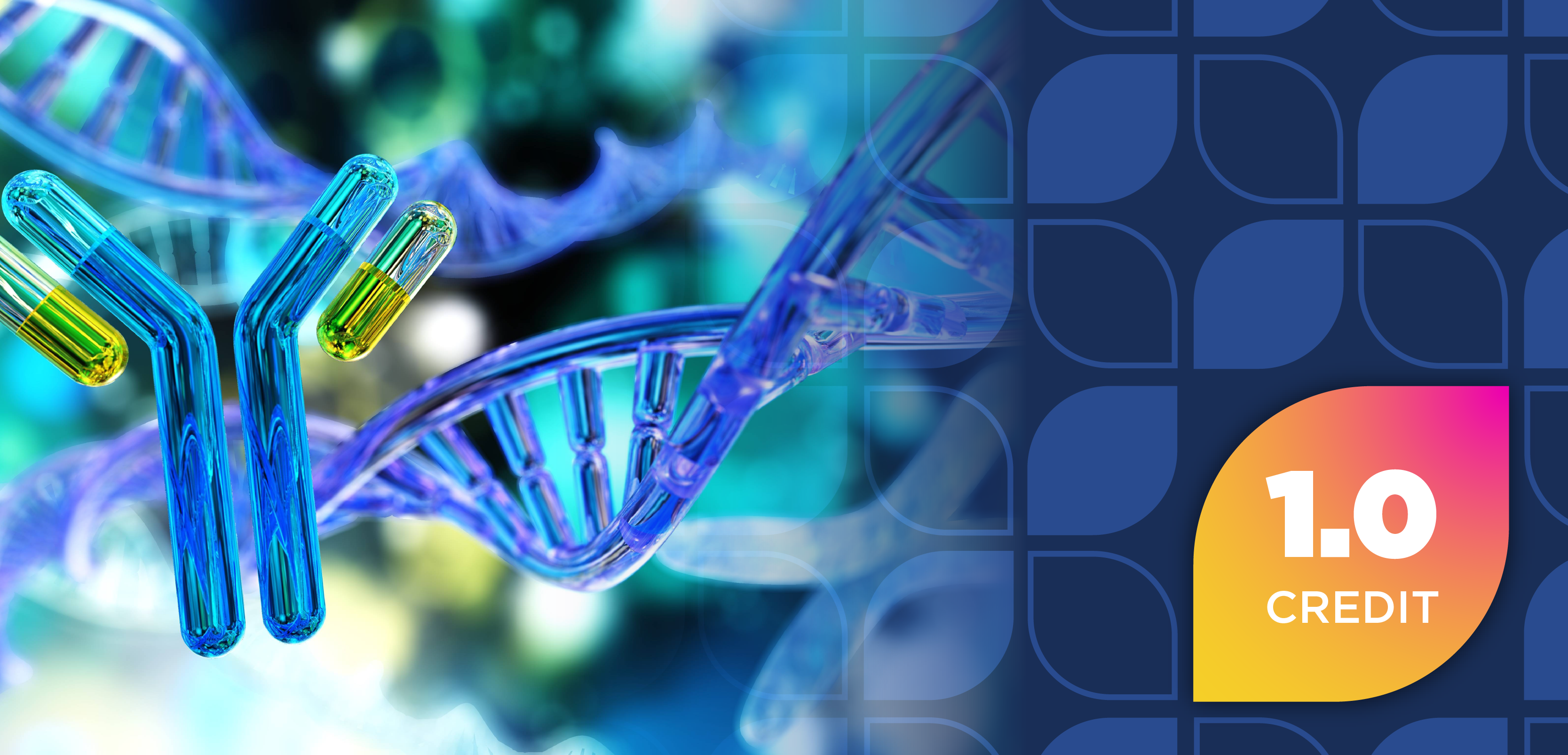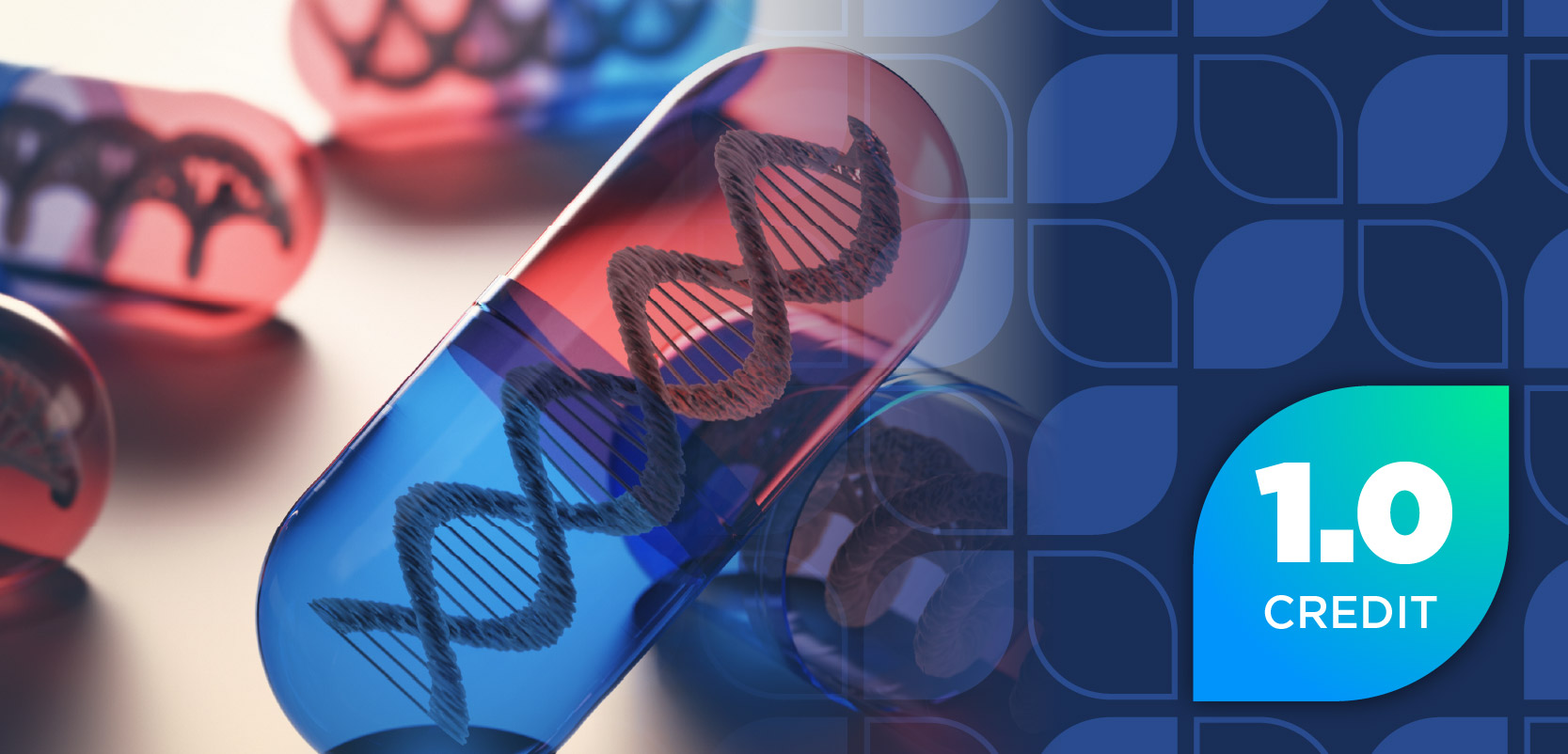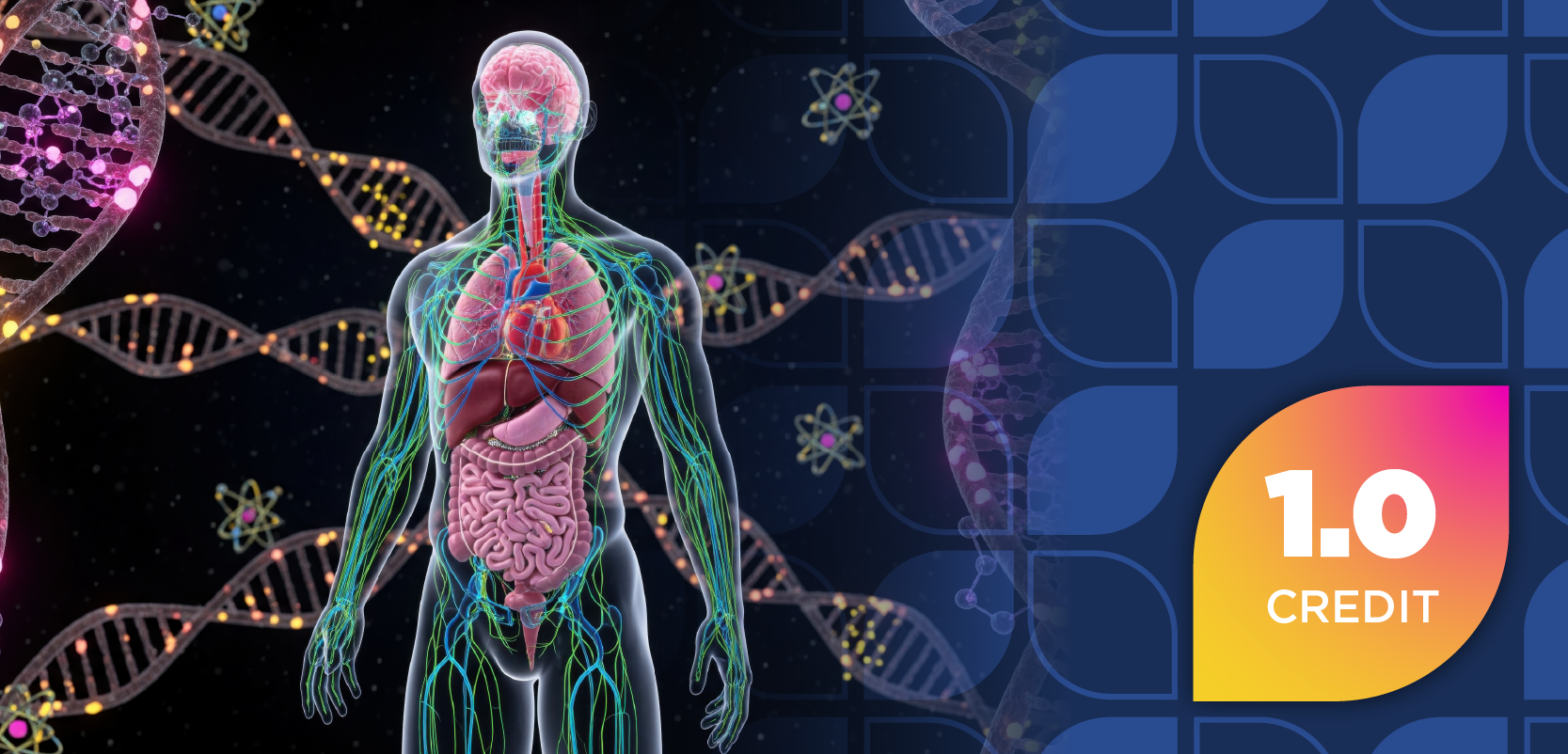
|Slideshows|August 27, 2019
EPA Final Rule: What Community Pharmacists Need to Know
Author(s)Drew Boxler
Advertisement
Newsletter
Pharmacy practice is always changing. Stay ahead of the curve with the Drug Topics newsletter and get the latest drug information, industry trends, and patient care tips.
Advertisement
Latest CME
Advertisement
Advertisement
Trending on Drug Topics
1
First OTC Pill for Birth Control Significantly Advances Health Equity
2
Bepirovirsen Meets Primary End Point for Functional Cure Rate of Hepatitis B
3
CPAs Give Community Pharmacists More Active Roles in Health Care
4
Survey Shows Significant Gaps in Understanding of Shared Decision-Making
5



